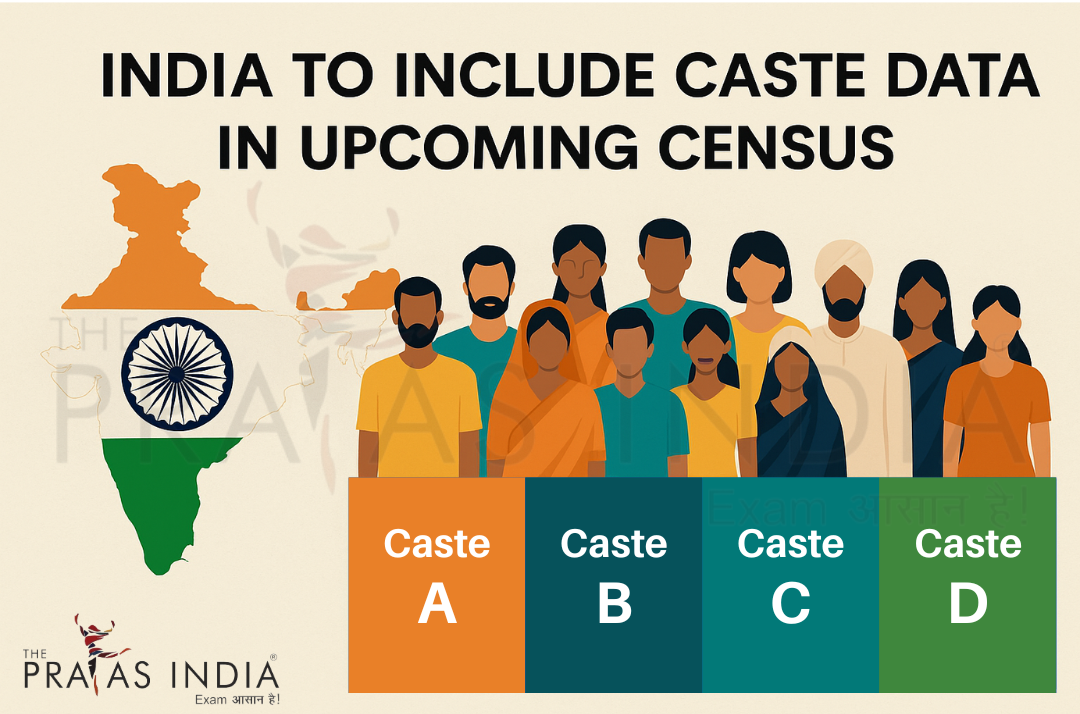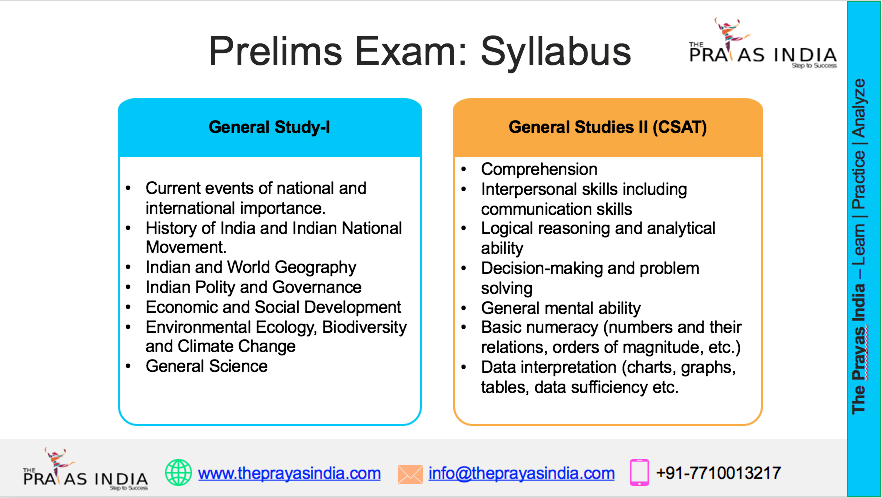India to Include Caste Data in Upcoming Census: A Landmark Decision with Social and Political Implications
In a significant development, India has announced plans to include caste data in its upcoming national census, a move that marks the first comprehensive caste enumeration since 1931. This decision has stirred a wide array of discussions and debates across political, social, and academic circles, given its potential to influence key policies related to social justice, reservations, and affirmative action. The inclusion of caste data is expected to provide more accurate demographic data that could help tailor government policies to better address the needs of marginalized communities.
This article will explore the context, significance, implications, and challenges surrounding this landmark decision, and how it could reshape India’s social and political landscape in the years to come.
The Context Behind Caste Enumeration in India
India’s caste system, deeply rooted in its history and social structure, has been a significant factor in shaping the socio-economic and political fabric of the country. Caste-based discrimination, although outlawed, continues to affect many segments of Indian society, especially those belonging to Scheduled Castes (SCs), Scheduled Tribes (STs), and Other Backward Classes (OBCs). These groups have long been at the center of government policies aimed at promoting social equality, such as affirmative action through reservations in education, employment, and political representation.
The decision to include caste data in the upcoming census is a response to long-standing demands from various quarters, particularly from marginalized communities and political parties, seeking more precise data to ensure that policies and schemes aimed at social upliftment are effectively targeted. Despite the importance of caste data in shaping social welfare policies, India has not collected detailed caste-based data in the national census since 1931. The absence of such data has often led to debates about the effectiveness and fairness of reservation policies.
A Brief History of Caste Data Collection
Caste-based enumeration in India dates back to the British colonial era. The first formal census of India was conducted in 1871, and since then, caste data was collected regularly. However, after 1931, the practice of caste-based enumeration was discontinued. This was largely due to concerns about the accuracy of the data and the difficulties involved in collecting such information. The Indian government, after independence, also grappled with the complex issue of caste, and many viewed it as a sensitive subject that could potentially lead to social unrest.
Over the years, various state governments and political parties have demanded that caste data be included in the census. These demands have grown louder with the increasing focus on social justice and affirmative action. The government, on its part, has argued that caste-based data could perpetuate divisions and might not be an accurate reflection of social realities.
Why Now? The Importance of Caste Data in the 2025 Census
The inclusion of caste data in the 2025 Census is a response to the evolving needs of Indian society and governance. As India becomes more diverse and complex, the need for precise and granular data on caste, along with other socio-economic indicators, has become increasingly critical. The 2025 census will not only help policymakers understand the demographic makeup of the country better but also address the long-standing demands for more targeted welfare schemes.
The central government’s decision to include caste data can be viewed as a step toward more informed policymaking. With the data in hand, the government can:
-
Refine Reservation Policies: The caste census will provide concrete evidence regarding the population of various caste groups in India. This will help determine if the current reservation system, especially for OBCs, needs to be adjusted. It could also lead to a more accurate representation of marginalized groups in education and employment.
-
Strengthen Social Justice Programs: Accurate caste data will empower policymakers to create more effective schemes aimed at the upliftment of backward communities. With better data, government programs for health, education, employment, and poverty alleviation can be more targeted and impactful.
-
Provide Better Representation in Political Arenas: The data could play a crucial role in ensuring better representation for various caste groups in local, state, and national politics. This is particularly important in a country like India, where political representation often reflects caste demographics.
-
Promote Inclusive Growth: The inclusion of caste data could potentially open doors for more inclusive growth strategies, where no group is left behind in the nation’s development trajectory. The government could create region-specific programs that cater to the needs of underrepresented and marginalized communities.
Political and Social Reactions to the Announcement
The announcement to include caste data has elicited mixed reactions from various political parties, social organizations, and civil society groups. While many have welcomed the move as a step towards ensuring more equitable development, others have raised concerns about its potential to exacerbate caste-based divisions.
-
Support from Marginalized Groups: Political parties and organizations representing backward classes, particularly OBCs, Scheduled Castes (SCs), and Scheduled Tribes (STs), have lauded the decision. These groups argue that the lack of accurate caste data has led to inadequate representation and misallocation of resources. With caste data in the census, they believe that these communities will receive their rightful share of government benefits.
-
Concerns Over Caste Polarization: On the other hand, critics argue that caste-based enumeration could further entrench divisions within Indian society. Some believe that caste data may lead to heightened caste consciousness, which could be detrimental to national unity and integration. They also fear that caste-based politics might become even more pronounced in the coming years.
-
Impact on Political Campaigns: Political analysts also suggest that the inclusion of caste data could significantly impact election campaigns. With more accurate caste-related data, political parties may tailor their strategies to appeal to specific caste groups, leading to more caste-centric political mobilization. This could either strengthen or weaken political parties depending on how they use the data.
Challenges in Caste Data Collection
While the inclusion of caste data in the 2025 Census is a positive step, it comes with its own set of challenges:
-
Accurate Data Collection: Ensuring that the caste data collected is accurate and reliable is a major challenge. The census process will require extensive training for enumerators to ensure that individuals are classified accurately. There is also the question of how to handle caste claims that are disputed or unclear.
-
Caste Fluidity and Overlapping Identities: In India, caste is a fluid and complex concept. Many individuals belong to communities that are spread across different castes, and some may identify with more than one caste. This fluidity could make it difficult to accurately categorize individuals during the census.
-
Ensuring Privacy and Preventing Abuse: Another critical concern is ensuring that the caste data is kept confidential and not misused. There must be safeguards in place to protect individuals’ privacy and prevent discrimination or targeting based on caste information.
-
Dealing with Resistance: Some communities and individuals may resist answering questions related to caste, either due to personal reasons or ideological opposition to caste-based enumeration. The government will need to ensure that the census process is inclusive and encourages maximum participation.
The Future of Caste-Based Policies in India
The inclusion of caste data in the 2025 Census could be a game-changer in how India tackles issues of social inequality. It could provide the government with a robust dataset that allows for more precise and evidence-based policymaking. Moreover, it could serve as a stepping stone toward further reforms in the country’s reservation system, allowing the government to allocate resources more efficiently and equitably.
Ultimately, this move reflects India’s growing recognition of the need to address the complex and deeply rooted social realities of caste. While it may not provide an instant solution to all the challenges associated with caste-based discrimination and inequality, it marks an important first step toward a more inclusive and data-driven approach to social justice.
Conclusion
India’s decision to include caste data in the 2025 Census is a historic and highly consequential step. It opens up new possibilities for ensuring that social welfare policies are more targeted, fair, and effective. However, it also raises important questions about caste politics, social cohesion, and the complexities of data collection. As India moves forward with this monumental decision, it will be crucial to strike a balance between social justice and national unity, ensuring that the benefits of this policy reach those who need it the most without deepening divisions in society.
For students preparing for competitive exams like SSC, UPSC, and other government entrance exams, keeping track of such developments is crucial. Understanding the implications of this decision will not only help in better comprehension of India’s social structure but also in answering questions related to governance, policy-making, and social justice.





![Prayas-तेजस [UPSC CSE Sociology Optional] – Online & Offline](https://theprayasindia.com/wp-content/uploads/2025/09/Prayas-तेजस-UPSC-CSE-Optional-Subject-The-Prayas-India-300x300.png)
![Prayas-सूत्र [UPSC CSE Materials (Hardcopy)]](https://theprayasindia.com/wp-content/uploads/2025/09/Prayas-सूत्र-UPSC-CSE-Study-Materials-Hardcopy-The-Prayas-India-300x300.png)
![Prayas-मंत्रा [UPSC CSE CSAT]](https://theprayasindia.com/wp-content/uploads/2025/09/Prayas-मंत्रा-UPSC-CSE-CSAT-The-Prayas-India-300x300.png)
![Prayas सारथी [UPSC CSE One on One Mentorship]](https://theprayasindia.com/wp-content/uploads/2025/09/Prayas-सारथी-UPSC-CSE-One-on-One-Mentorship-The-Prayas-India-300x300.png)










